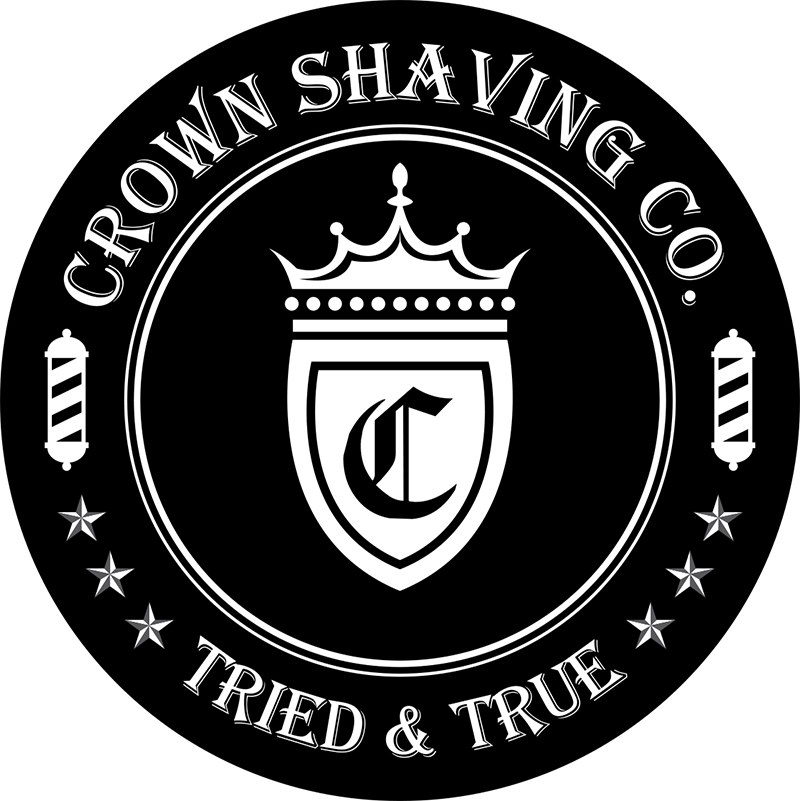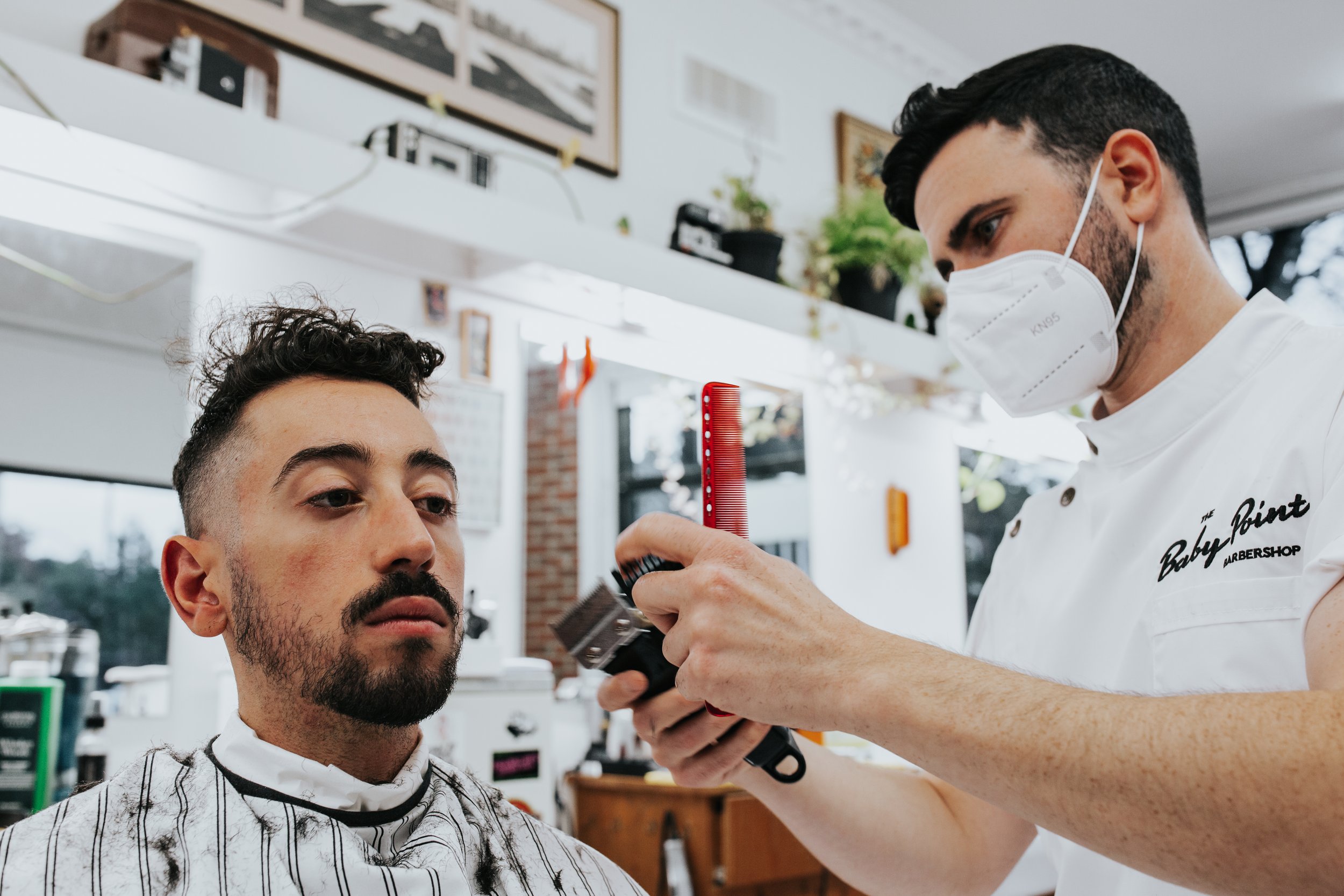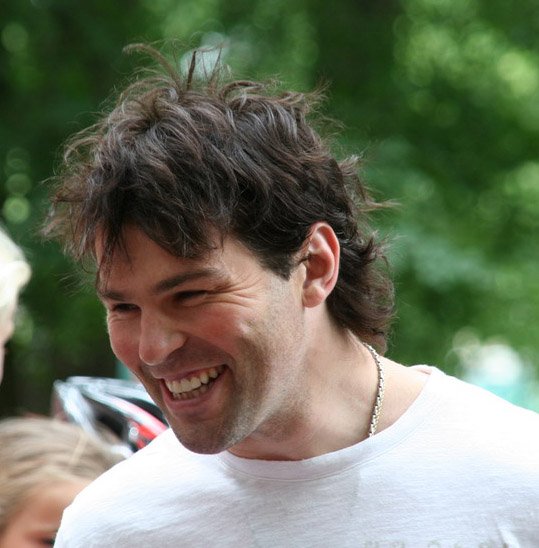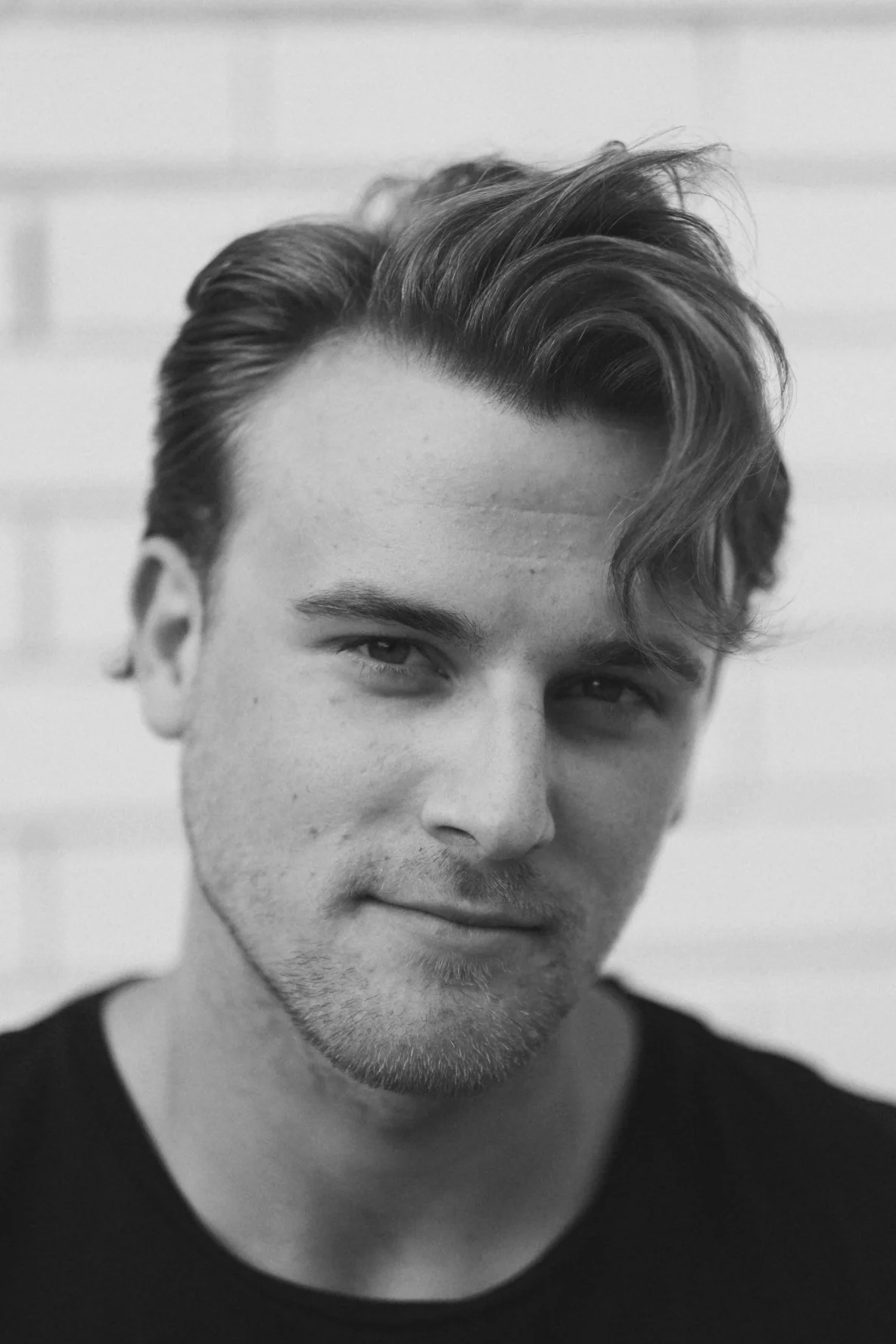A Glossary of Every Key Grooming Term Men Ought To Know. Part I: Hair
Don’t fly blind.
Seriously. As obvious as it sounds, the last thing you want to do when it comes to your look and hygiene is fly blind.
If you can retain the terms that come with beer league play or fixing Shelbys, you’ve got to learn the ones that pertain to your image.
We’re going to cover all major categories in this endeavour, and that includes shaving, bearding, skincare, and yes, the topic of this first instalment—hair. By the way, obvious terms like “sideburns” and “shampoo” didn’t make the cut. And yes, everything’s in alphabetical order.
Learn these, gentlemen, and master the impression you make on the world.
Let’s begin.
Afro
Afros rose to recognition in the ‘60s, a symbol of rebellion espoused by a downtrodden African-American community charged with sparking change. Icons like guitar god, Jimi Hendrix, helped the hairstyle peak in the ‘70s, while former Detroit Pistons centre and NBA champion, Ben Wallace, revived afro, albeit temporarily. But don’t think you won’t spot them today; Refer to 27-year-old, star German footballer, Leroy Sané (that last slot in the gallery up top). In fairness, the Bayern Munich winger has recently relaxed his hair and pulled it back into a ponytail that complements his D'Artagnan (read: disconnected goatee) like nothing else could. The Roots’ drummer, Questlove, sports perhaps one of history’s most renown and beloved afros, and he often adorns it with his signature comb.
Crown
When a barber or stylist mentions your “crown,” they’re talking about the point at top of your head that starts to slope toward the back of your head, not that thing in our logo.
How to Use This Term With Your Barber: “How much has my crown thinned, sir, lay it on me.”
Dihydrotestosterone
If you’re bald, balding, or your hair’s thinned without mercy, this here’s the culprit. This stuff has both levelled the confidence of men worldwide and kept the coffers of transplant surgeons fat for decades. But, in a continuous twist of irony, DHT is also good for you. Basically, we men produce an enzyme called 5a-reductase, and this guy converts testosterone into DHT. Think of DHT as T’s close cousin as both are androgens; Like T, DHT’s key in your development from boy to man; It’ll help deepen your voice, for instance. And this 2020 study goes a step further: It reminds us that there’s a connection between low levels of androgens like DHT and poor cognitive functions. Hey, no one said life was fair, you know?
Disconnection
“Disconnected” hairstyles can either be as innocuous — like the one in this pic — or as stark as you’d like. Though, trust your barber’s word as to what’ll best suit you face shape.
Unlike a fade, which blends shorter sides with any kind of length up top, a disconnected hairstyle does the opposite—it juxtaposes both aforesaid lengths with a clear and obvious line of separation. It’s a little more pun rock, but they’re not hard to pull off.
Fade
One of today’s biggest styles owes its origin to the US military circa the ‘50s. Technically, though, the term “fade” was birthed by black American barbershops in the ‘80s when hi-top fades blew up in the Hip Hop community. Fades are achieved with clippers (as well as, skill) and they’re characterized by a “blending” effect with length up top transitioning into much shorter hair on the back and sides of a man’s head.
To execute a fade, a barber will start by buzzing your head from the bottom up, and he or she’ll stop at the point where you’ll want your fade to start (and if you don’t know this, a good barber will suggest a starting point that’ll suit you). By the time they’re done this step, you’ll notice a stark line running around your head before they start “blurring” it; That’s where the fade gets made.
Fades come in a few varieties, and when it comes to asking for one you go height first, then style;
For height, you’ve got your high fade, mid fade, low fade, and even a temple fade if subtlety’s more your thing.
Length wise, pick either a classic regular fade or a bald (or “skin”) fade.
How to Ask For One: “I’ll do a mid-skin fade, sir.”
Follicle
Often confused with a strand of hair, the humble follicle is so much more. Think of a hair follicle as a sac (or tiny hole) in your skin from which a single hair will sprout, only it can’t do as much without the help of its partners—a hair root, a sebaceous gland that makes a natural group of oils called “sebum,” and a muscle known as the “arrector pili,” which — get this — thermoregulates skin by contracting and pulling hair upright, effectively trapping heat. This is also what happens when you get goosebumps.
Haircut
Folks tend to mix the terms “haircut” with “hairstyle,” and why wouldn’t they? The two look and sound like one of a kind, but they’re not. A haircut is technically the immediate product produced by a visit to a barber or hairstylist. When you leave a barbershop or salon, you’ve left with a “haircut.” What’s the difference between a haircut and hairstyle? For starters, not all haircuts turn into hairstyles, but all hairstyles start with haircuts.
Hairstyle
As opposed to a “haircut,” a hairstyle is usually — but not always — the desired form into which a fresh haircut will eventually grow. Want an example? Let’s say your hair’s long enough to suit a layered haircut (think young Tom Cruise), but it’s not quite there yet in terms of shape and length. Your current hair will, thus, demand a certain cut (plus a series of maintenance cuts in between) such that it’ll form into a heart-melting masterpiece… in time.
Hydrolyzed Wheat Protein
We love this stuff and we put it in a couple of our products, namely our styling Pomade and our Fortifying Shampoo. Why? Simple answer: It’s fantastic for your hair. Slightly more complex answer: Hydrolyzed wheat protein has the ability to thoroughly hydrate a hair strand from its tip right down to its cuticle, and it’ll strengthen the hair shaft as result. For dudes with curly hair, this is a godsend since coils are stubborn enough to keep hydration from reaching that aforesaid cuticle. Tip: If you’re gluten sensitive, talk to your doc before using this.
Mullet
Also known as a “business in the front, party in the back,” a mullet is an always distinguishable, sometimes controversial hairstyle in which short sides (whether faded or not) offset shoulder length hair at the back, while the front usually carries some heft, too. We wrote about these not long ago. Check it out here.
Nape
You know that part at the back of your neck where your hairline ends and your mid-shoulder starts? That’s your nape, and it’s a key piece of real estate when it comes to your desired haircut.
“Number One”, or “Number Two”, or…
If your new haircut calls for clipper use, your barber’ll want to know how short you want to go. That’s where the “guard” numbers come into play.
A barber’s clippers come with length guards that, when affixed to the top of the blades, ensures a certain length is yielded. Each guard size is numbered (some sets go from zero all the way up to 12) and as you’re likely guessing, the further down you go guard-wise, the shorter the cut.
How to Use A Number For Your Desired Haircut Length: “I’d like something very short, sir. A high fade, with a zero on the sides and back and a two on top.”
Sebum
Sebum’s a natural group of oils secreted by tiny, “sebaceous” glands in your skin, the likes of which keep your hair and hide nice and moisturized. If it weren’t for sebum, your head would look like a nuclear fallout. Fact: If you shampoo too much, you’ll strip your scalp of this stuff. Don’t do that. Instead, heed the tips from this shampooing piece we published a while back.
Side Part
You know line that runs down either side of a haircut, the one parting short hair on one side from a little more length swept over to the other? That’s called a “side part,” not the definitely more backhanded “comb over.”
These look great with short styles, like crew cuts, but they’re at home with long ones, too.
How to Use The Term “Side Part” With Your Barber: “I’d love a mid-fade with some length and a side part, sir. I’ll let you choose which side.”
Split Ends
Like the common cold, almost everyone’s had split ends. When a strand of hair “splits” into two (or more strands) at the point opposite one’s skin, it’s a split end. The drier, more brittle the hair, the higher the chance it’ll split. That’s why conditioners are key, gentlemen, especially if your hair’s prone to dryness. Beards get split ends, too, but not over-brushing keeps the bastards at bay.
Taper
Like a fade, a taper (usually) denotes a short haircut with a little more on top and shorter sides.
And technically, a taper is a type of fade. But unlike a fade, a taper is much more subtle.
With a taper, that transition from longer hair to shorter hair is gradual, whereas a fade always boasts some contrast between length up top and much shorter hair. Tapers allow for a little more length on the sides.
Think of the taper as the student union president to the fade’s b-ball team captain. Conservative versus edgy, though both look handsome when executed well.
How to Ask For One: “I’ll go with a tapered haircut with a side-part on my left side, sir.”
Terminal Hair
Making as appearance as maybe the most morbid-sounding of men’s grooming terms is “terminal hair.” Terminal hair is of the thicker, longer variety, and examples includes scalp hair, eyelashes, and facial hair.
Vellus Hair
Otherwise known as “peach fuzz,” vellus hair’s fine, harder to spot, and your body’s covered in the stuff since it helps regulate your internal temperature. No, this has nothing to do with head hair, but it’s good to know anyway, you know?
Widow’s Peak
A widow’s peak is a v-shaped point of hair that extends downward from the top of a man’s (or woman’s) anterior hairline, and it’s always centred just above the middle of the forehead. These were originally considered an omen for early widowhood, which is way too dark.





